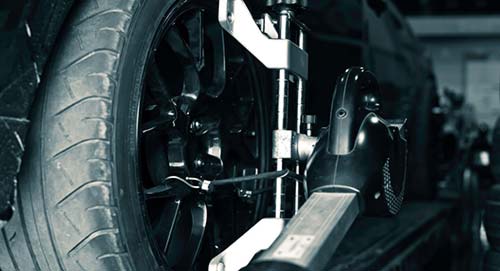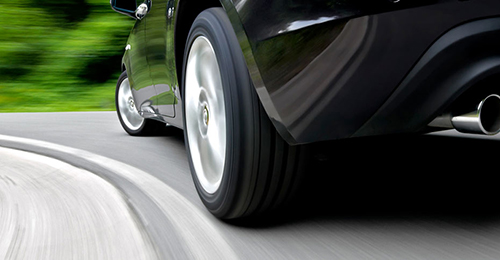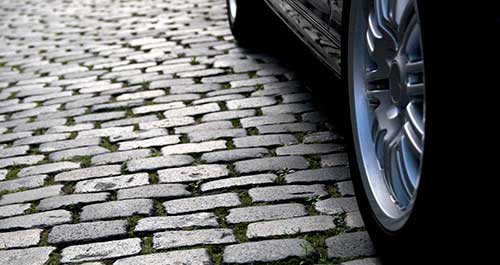If you have a few tools, an interest in doing a good job and enjoy a challenge, there are quite a few car repairs that you can do yourself. Successfully finishing a repair will give you a feeling of achievement – and save you money. And you’re not on your own, thousands of people have already been inspired by MOOG TV. It’s the perfect place to learn more about how do common repair and maintenance jobs on your car. We’ve rounded up some common car repairs and grouped them as basic jobs and more advanced.
Basic car repairs:
- Changing the oil
Oil is essential for the smooth lubrication of your engine. However, it needs to be changed regularly (according to your car manufacturer’s recommendation but usually around every 10,000 km for a petrol car or every 15,000 km for a diesel car) to remove the contaminants such as dirt, oxidized oil and metallic particles that build-up over time. It’s important to replace your oil filter at the same time (see next section) to further protect your engine. - Changing filters
Filters protect your engine and cabin from contaminants and debris. Cleaning or replacing them regularly is important as a clogged or damaged filter can result in unfiltered particles entering your engine or cabin with potentially serious consequences.
The four main types of filters are fuel filters, oil filters, air filters and cabin filters. For more information about changing your car’s filters, read the Champion blog. - Changing spark plugs
Spark plugs can last up to 140,000 km, but they can break because of continuously high voltages (anything from 20,000 to 100,000 volts). Luckily, they’re easy to replace. Check your handbook for the recommended replacement interval. - Changing windscreen wipers
Even high-quality wiper blades can deteriorate due to environmental factors including sunlight, oil, airborne debris and moisture, leading experts to recommend wiper replacement every 1-2 years.
Advanced repairs
- Changing rubber to metal components
It can be time-consuming and challenging task to replace rubber-to-metal components, like bushings. Bushes are used in various suspension and steering parts, including control arms, stabiliser bars, shock absorbers and strut mounts, as well as engine and transmission mounts. Worn bushes allow metal-on-metal contact, putting stress on the connected parts and, potentially, damaging components. Replacing bushes might sound like the simplest solution, but they are often pressed into a metal sleeve, making them difficult to remove. You might find it easier to replace the parts around the bush, especially as a worn bush may indicate that the parts themselves are getting worn. If you decide to only replace the bushes, it is recommended to use job-specific tools, such as a hydraulic press, for a precise and professional result. Additionally, look for polyurethane bushes, as these are usually cheaper than the original rubber ones, plus they’re more resistant to the environment, for a longer lifespan.
- Changing track rod ends
Also known as tie rod ends, track rod ends consist of two main parts. The inner track rod end (also known as the axial rod) is attached to the steering rack, and the outer track rod end is connected to the steering knuckle on each front wheel. The sole purpose of the track rod is to connect the two front wheel hubs together so that when the driver turns the steering wheel both front wheels also turn the same way by the same amount. Track rods need to be flexible enough to handle steering and the bounce of the wheels and vehicle as it drives along the road. That’s why each track rod end uses a ball-and-socket design so they can turn in all directions while maintaining a solid connection. This ball-and-socket joint wears out over time, needing to be replaced. Luckily, it’s a relatively straightforward job for a qualified mechanic. - Changing wishbones
A wishbone is located at the pivot points or joints of your suspension system. The outer end is connected to the wheel assembly using a ball joint and the inner end is bolted to the chassis via bushes. This enables the wishbone to pivot as the wheel rises or lowers. Most wishbone bushes are made of rubber, nylon or polyurethane, which can wear out over time due to mileage, temperature variations and other environmental factors. If you notice that you need to replace your wishbone bushes, you will probably find it easier and quicker to replace the entire wishbone.
- Changing control arms
Control arms can be found in the front suspension. They connect the car’s frame to the steering knuckle, in other words the assembly that holds the front wheel. The end connected to the car’s frame uses flexible rubber bushes so, the control arm can swing up and down as the front wheels drive over bumps in the road. The other end of the control arm is a ball joint (see below). When replacing a control arm, it’s worth looking to see if you need to replace the entire component, or just the worn bushes. - Changing ball joints
The ball joints connect the car’s front wheels to its suspension system via the control arms or wishbones (see above). Even though they are designed to last over 150,000km, they can wear out sooner due to supporting the weight of the car as it drives on rough roads. Experts recommend replacing both ball joints at the same time, as if one has failed there’s a good chance it won’t be long before the other one does as well. - Changing stabiliser link bars
A stabiliser link bar provides structural support that protects you when you make a hard turn. Without a (fully functioning) stabiliser link bar, you will feel your car rolling as the vehicle weight leans towards the outside of the turn. The stabiliser bar link ensures proper traction on all four tyres by redistributing the car’s weight. Experts recommend checking your stabiliser link bar whenever you perform a wheel alignment or any work to your suspension system.
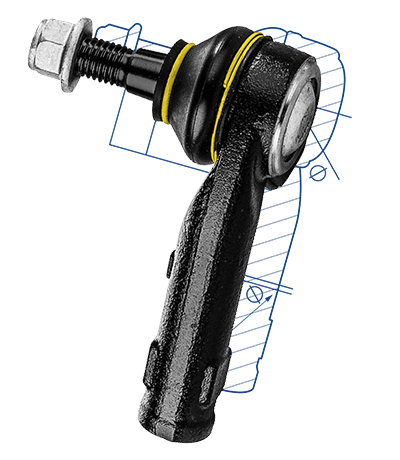
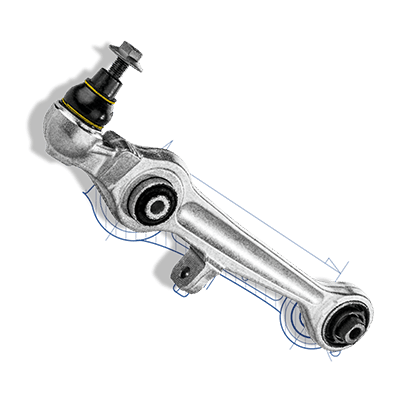
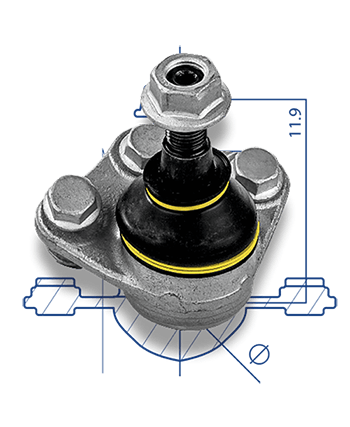
Need more support in diagnosing your steering and suspension problems?
When in doubt…
If you’re in any doubt about your skills, even after checking out MOOG TV, it’s best to leave the job to the experts. Replacing some parts requires a high level of technical knowledge and specialized equipment, and installing a part incorrectly could have severe consequences on your car’s stability or your safety.
The content contained in this article is for entertainment and informational purposes only and should not be used in lieu of seeking professional advice from a certified technician or mechanic. We encourage you to consult with a certified technician or mechanic if you have specific questions or concerns relating to any of the topics covered herein. Under no circumstances will we be liable for any loss or damage caused by your reliance on any content.
RELATED ARTICLES
What are car bushings in a car?
The why and how of ball joint replacement
Seven reasons to visit a mechanic
How often to check steering and suspension systems?
How much does it cost to fix your car's suspension
Bad driving habits that you need to break
Can you drive a car with broken suspension?
Common signs of suspension problems

